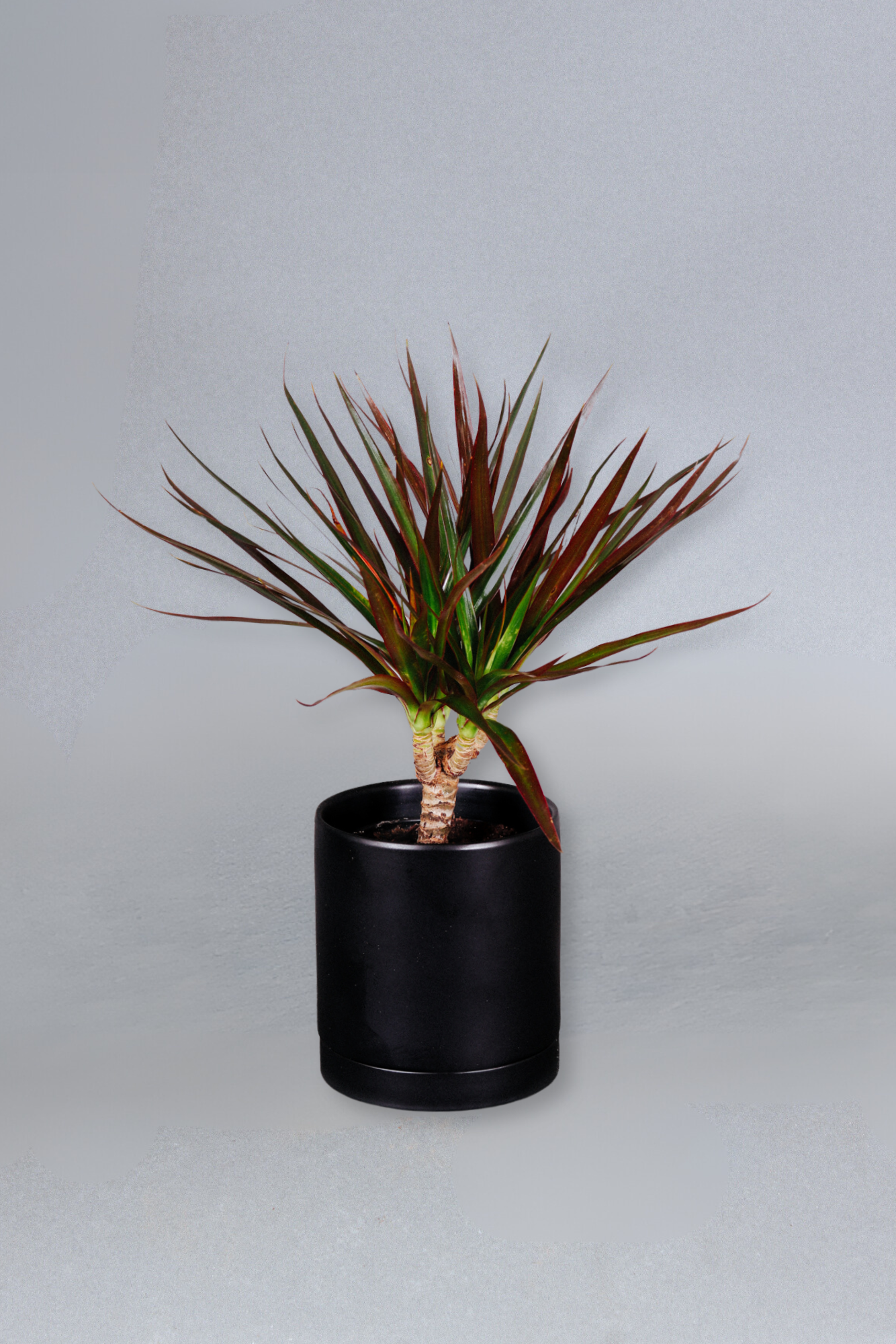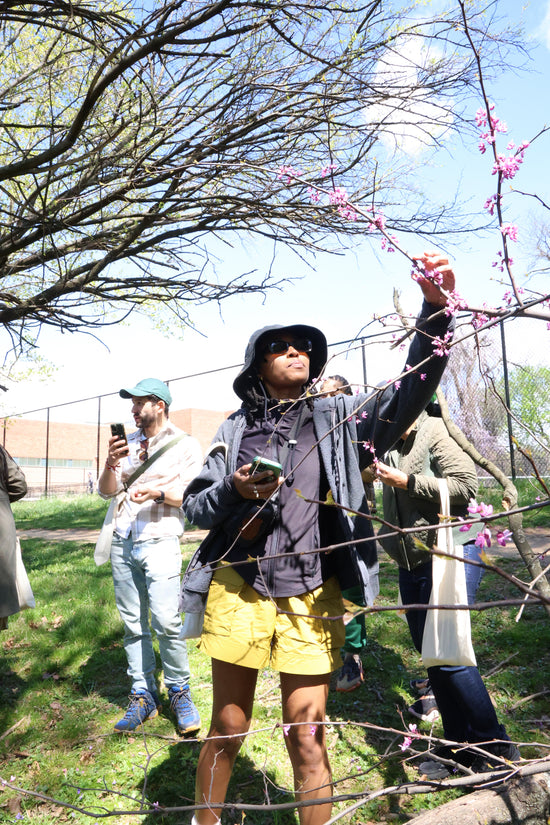Learn how to prepare your plants for the coming seasons and safely transition any outdoor greenery back inside.
If you’re in the Northern hemisphere of the globe, late September marks the start of fall and Rest Season for most plants. Outside, we take note of the shifting season when the leaves turn color, flowers die back, and cooler temps roll in. Indoors, our plants follow different cues and will require an adjusted care routine to make it to the following spring.
What Does Fall Season Mean For Plants?
The autumn months allow plants to prepare for winter's reduced resources and energy production. Plants in your home will notice the temperature change and shorter daylight hours, which impacts photosynthesis and slows down new growth. These seasonal changes will ask you to temporarily modify how you care for your greenery.
Bringing Outdoor Plants Inside
Houseplants that have enjoyed the summer sunshine need to return indoors free of pests and with little to no shock. Unless you live in a year-round temperate climate, begin transitioning plants back inside when temperatures near 65º F. Mature plants and resilient succulents can handle cooler temperatures down to 55º. They should not be brought back inside overnight, however, as this drastic change can cause shock. Gradually bring outdoor plants inside for a few hours each day or night; so they acclimate to the new light and environment.
Prior to their indoor return, thoroughly check the undersides of leaves and stem crevices for pests. If you have access to a hose, it’s a good idea to spray them down and knock any existing insects off. Otherwise, generously spray the leaves with a soapy water mixture and wipe them down by hand. You can even discard and replace the top few inches of soil to be extra cautious. Your collection is especially vulnerable to pests during rest season - these steps go a long way to keep them healthy.
Creating a Fall Plant Care Routine
Overwatering is the most common reason houseplants don’t make it through fall and winter. While watering is one of the most important adjustments, each plant will have unique needs to support this sensitive transition. The top five things to remember for fall and winter care are:
1. Reduce how frequently you water your plants
- Less light and growth means soil dries slower and roots need less water.
- Plants that thrive in bright light will love as many daylight hours as possible.
- Changes in temperature and drafty areas create an unstable environment.
- Tropical plants love humidity year-round. Mist regularly or use a humidifier.
- Repotting and fertilizing late in the year disrupt the plant’s rest cycle.
Tip: We recommend testing the soil moisture with your finger before watering (year-round)! This is a great way to confidently gauge if your plant is ready to be watered again.
Pruning Plants in Early Fall
Pruning back old or damaged growth going into fall will boost the plant’s health and help conserve energy. Select your prunings carefully and remove only 10-20% at once. You can prune strategically to encourage growth in a new direction or just tidy up its appearance. We recommend propagating healthy cuttings to grow your collection or share with a friend.
DIFFERENT METHODS FOR FALL PRUNING:
- For Appearance and Growth
Older leaves are usually closest to the base of the plant and tend to have more signs of wilting or wear and tear.
- For Health
Prune areas with discoloration or disease away to direct energy to healthy growth.
- To Manage Size
Large and fast-growing plants can be pruned to an ideal size or shape.
- To Encourage Growth
If growth is abundant in one area and lacking in another, prune to promote growth in a new direction at the site of a node. Making a cut just above a node will allow it to grow fuller.
-----








